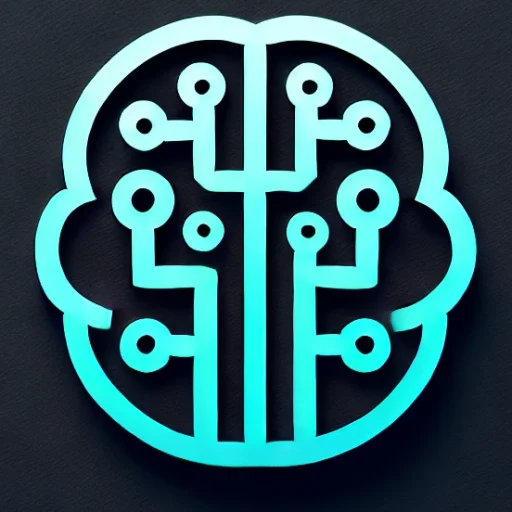
Introduction
In recent years, the field of artificial intelligence (AI) has experienced dramatic shifts, with one key player emerging at the forefront—Foundation Models. These large-scale, transformative models like OpenAI’s GPT-4, Google’s PaLM, and Meta’s LLaMA stand as monumental breakthroughs in how we develop and utilize AI. Their ability to generalize across tasks and domains marks a significant leap from traditional models. This blog post delves into the significance of foundation models, exploring their latest advancements, real-world applications, challenges, and future prospects.
Key Insights & Latest Advancements
Foundation models have evolved from mere statistical tools to sophisticated systems capable of understanding and generating human-like language. They are built upon vast datasets and employ billions of parameters, enabling them to perform a variety of tasks without task-specific tuning. The recent introduction of GPT-4 exemplifies this trend, offering enhanced capabilities such as improved contextual understanding and reasoning. Critically, foundation models bring a new paradigm of transfer learning to the fore, where knowledge learned in one context can be effectively applied to another, increasing efficiency and reducing development costs.
These models’ ability to integrate across modalities—text, vision, audio, and more—opens doors to more advanced AI applications. For instance, DeepMind’s Gato is a unified agent that can handle multiple tasks across different domains, including language processing and robotics.
Real-World Applications
Foundation models are already making significant impacts across various sectors. In healthcare, they’re being used to analyze patient data, predict disease outbreaks, and even assist in drug discovery by simulating molecular interactions. In finance, these models help detect fraud, forecast market trends, and automate customer support.
Moreover, their role in content creation cannot be overstated. From generating text and producing high-quality images to composing music, foundation models are restructuring how content is created and consumed. Education is another sector witnessing transformation, with AI-driven tutors and personalized learning paths enhancing educational outcomes.
Challenges & Future Outlook
Despite their promise, foundation models present several challenges. The computational resources required to train such models are immense, raising concerns about energy consumption and environmental impact. Additionally, the ethical implications of deploying AI on such a scale include issues of bias, misinformation, and privacy. Ensuring these models operate transparently and fairly is a critical ongoing challenge.
Looking ahead, the future of foundation models seems promising yet demanding. As research progresses, the focus is likely to shift towards more energy-efficient architectures and fine-tuning methods that reduce resource consumption. Moreover, evolving regulatory frameworks will play a crucial role in managing the societal impacts of these models.
Conclusion
Foundation models represent a pivotal shift in the field of AI and computing, setting the stage for a future where AI systems can seamlessly navigate and impact multiple domains. Their capacity to learn broadly and apply knowledge flexibly holds great promise but also calls for careful development, ethical considerations, and sustainable practices. As these models continue to evolve and integrate into various facets of life, they will undoubtedly redefine our interaction with technology, paving the way for new innovations and opportunities.
Key Takeaways:
- Foundation models bring a new level of generalization and efficiency to AI.
- These models have versatile applications across sectors like healthcare, finance, and content creation.
- Despite their potential, challenges such as resource demand and ethical concerns need addressing.
- The future of foundation models involves improving their efficiency and developing robust regulatory frameworks to guide their use.

